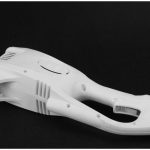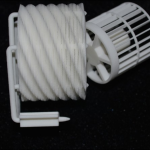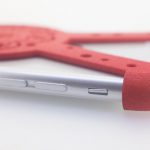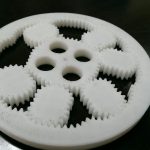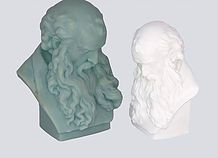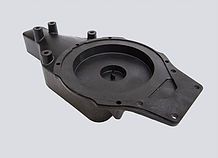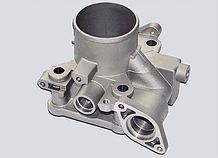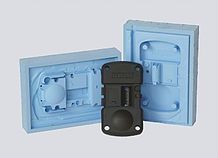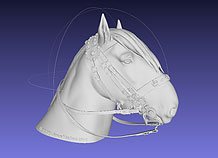Manufacturing Infomation
 Pricing: $1.06/cm3
Pricing: $1.06/cm3
 Minimum Cost:$25
Minimum Cost:$25
 Lead Time: 3 days
Lead Time: 3 days
700 x 380 x 580
3 x 3 x 3
0.1
±0.3% (with a lower limit of ±0.3 mm)
Colours Available
Colours Post Process
Additional Info
This material is incredibly versatile, and can be used for a wide variety of applications, from iPhone cases to jewelry, remote controlled quadcopters to wearable bikinis. When thin, it's flexible enough for hinges and springs. When thick, it's strong enough for structural components.
Thicker models are more difficult to bend
Flexibility depends on the structure and design of the model. The thicker you make something, the less flexible it will be. A spring made with 1mm wire will compress and elongate rather easily. A spring made with 3mm thick will take a bit more effort, and won’t compress if you drop it from a few feet.
Thicken your engraved/embossed text to make it easier to read
Although 0.4mm details will show up in this material, we find that text raised at least 0.6mm shows up most clearly. If you want crisper text or embossed details, try bumping the thickness up to 0.6mm.
Features
 Watertight
Watertight

 Foodsafe
Foodsafe

 Glue-able
Glue-able

 Recycleable
Recycleable

 Biocompatible
Biocompatible

 Biodegradable
Biodegradable

 Additive Manufacturing
Additive Manufacturing

Design Rules





The minimum detail is determined by the printer's resolution.When detail dimensions are below the minimum, the printer may not be able to accurately replicate them. Details that are too small can also be smoothed over in the polishing process.
To ensure details come out clearly, make them larger than the indicated minimum. We may refrain from printing products with details smaller than the minimum, since the final product will not be true to your design. If your product has details smaller than the minimum, try making them larger, removing them, or considering a material with finer detail.





